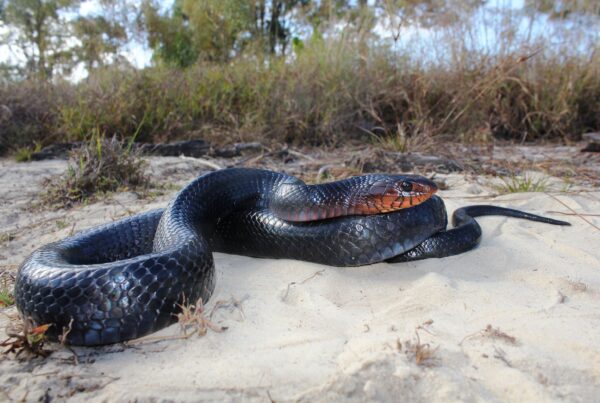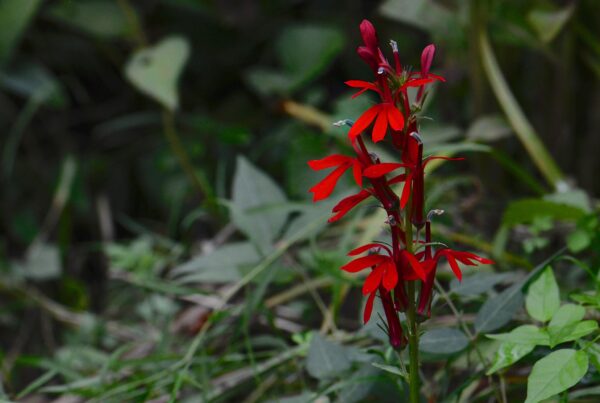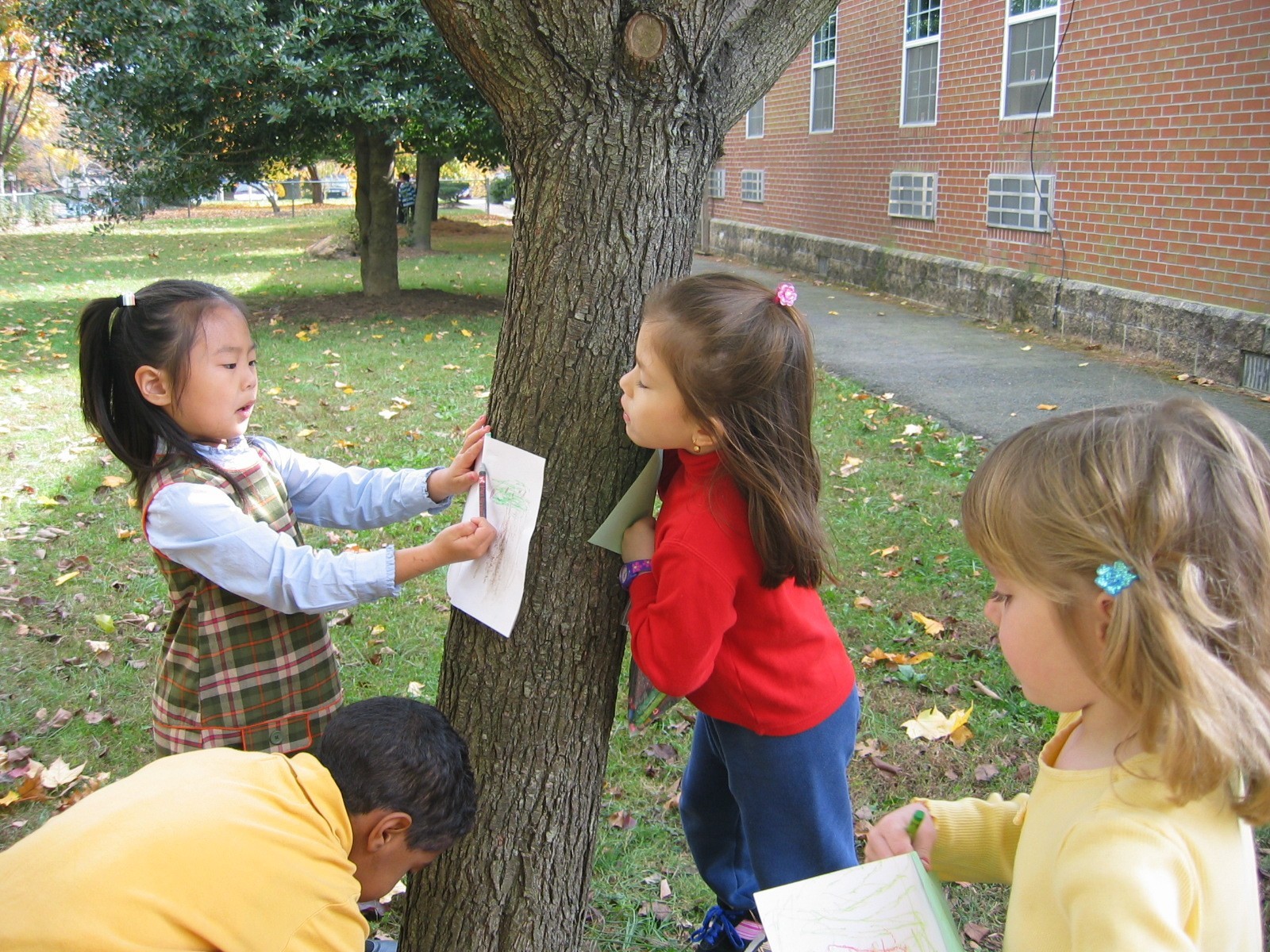
‘Adopt a Tree’ via Project Learning Tree
Do you remember what grabbed your imagination in early outdoor experiences? Or what piqued the curiosity of young people in your life when exploring the natural world? Time spent with birds, bugs, trees, rivers and lakes helps many of us develop a love of the outdoors and become conservation advocates.
For many young people now, nature can seem like something “out there” or far away. They might see wildlife and wild places only on screens. Especially in urban areas, it can be hard for kids to connect even to the natural world right around them. Yet that connection can be essential to developing an understanding and appreciation of our life-sustaining environment.
The Florida Wildlife Federation (FWF) supports environmental education for Floridians young and old; we believe it’s a great way to inspire people to protect our world. When people gain a deeper knowledge and appreciation of nature, they are more likely to become conservation stewards and take action to make a positive difference.
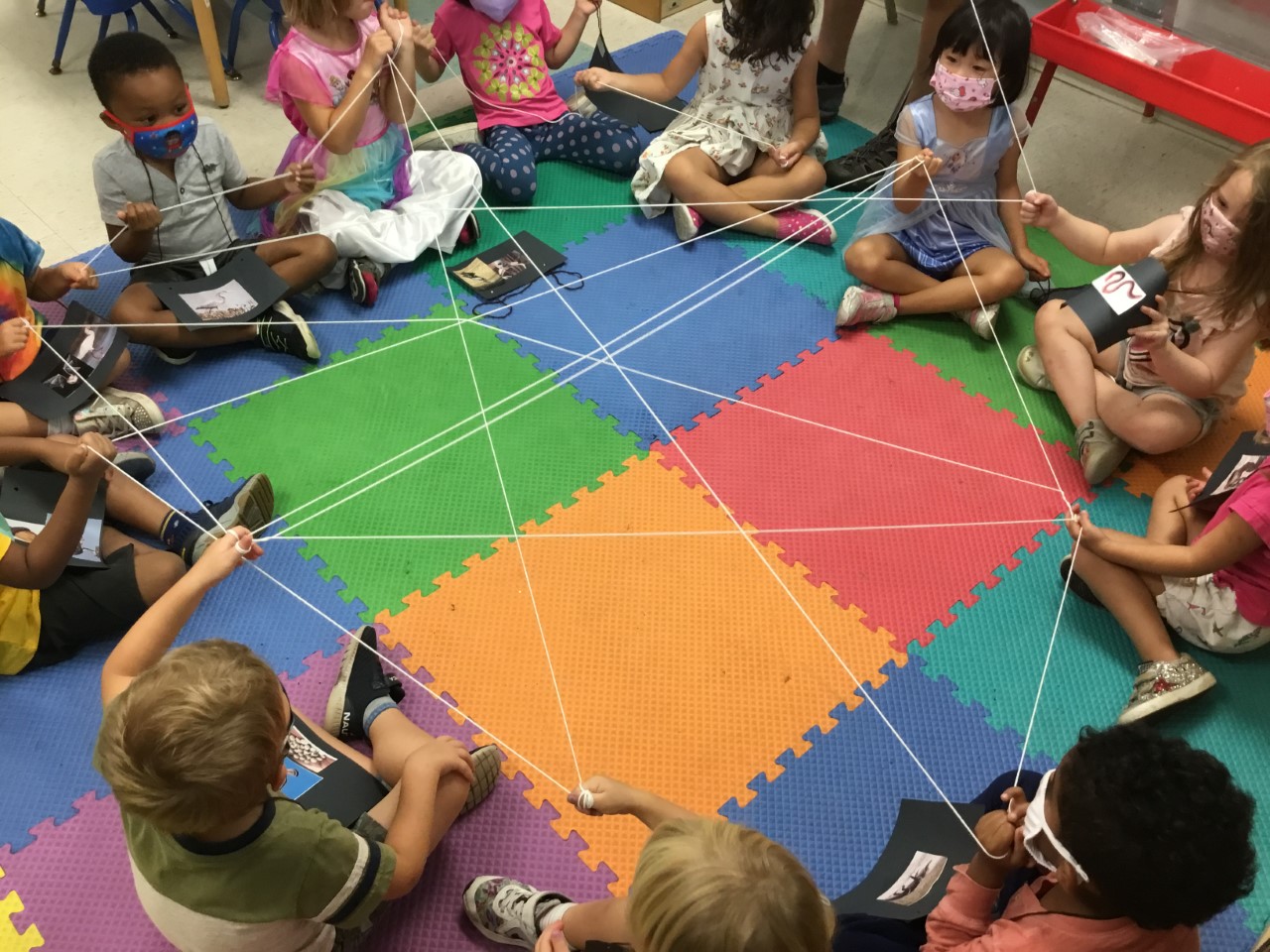
‘Web of Life’ by Todd Ireland
We face complex and critical environmental problems and need dedicated people with the necessary skills to work on solutions. Education and awareness can be a path to those skills. The benefits of environmentally focused education for K-12 students have been widely confirmed by studies showing students’ improvement in STEM (Science, Technology, Engineering and Math) performance, critical thinking, confidence and leadership.
FWF has been pleased to partner with Project Learning Tree (PLT), one of the most widely used PreK-12 environmental education programs in the United States and abroad. PLT is a program of the Sustainable Forestry Initiative and offers high-quality instructional materials and creative professional development training. PLT activities cover a wide range of topics from forests, wildlife and water, to community planning, waste management and energy. These activities can be integrated into lesson plans for all grade levels and subject areas, especially STEM, reading, writing, and social studies, making them easy for teachers to use.
Hands-on activities that get kids outside make teaching and learning more fun. One PLT activity takes a group outside to look and listen closely for signs of animals and plants in and around trees and gather data on their observations. This leads to discussions of trees, habitats and connections between organisms.
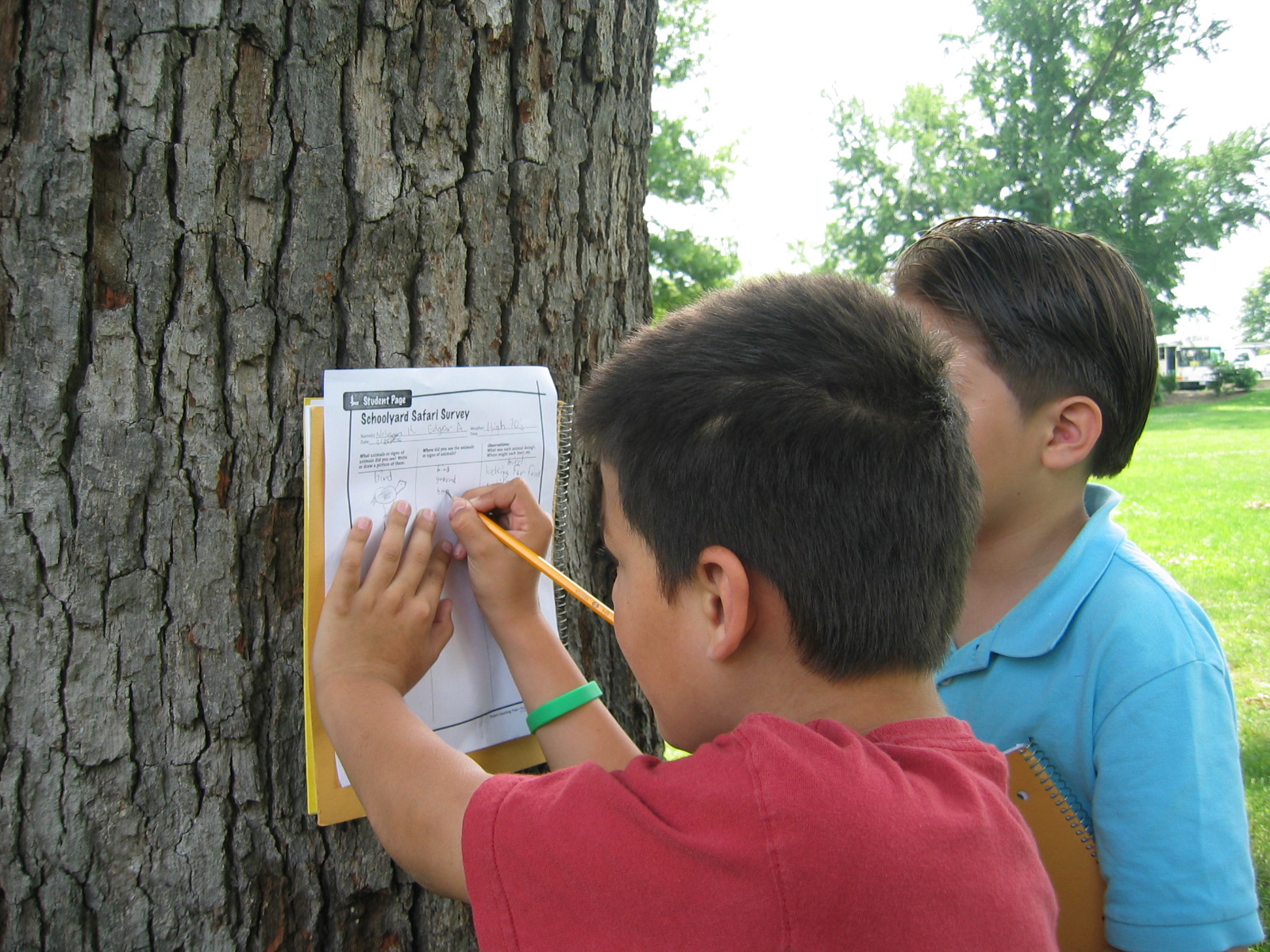
‘Schoolyard Safari’ via Project Learning Tree
Another activity guides each student to research plants and animals in their habitats. Students take the role of a plant or animal to learn how all are connected in a living web. Even younger kids quickly see what happens if any element in the web is taken away.
Programs like PLT get young people outside, actively participating in learning. These experiences help develop a greater appreciation of the environment and encourage young people to see a role for themselves in conserving and restoring Florida’s natural resources.
To learn more about Florida’s natural environment and all that the Florida Wildlife Federation is doing to fight for its protection, read more from our quarterly publication, the Florida Fish & Wildlife News.
About the author: FWF Education Coordinator, Marney Richards, has been a facilitator with Project Learning Tree since 2019. She was named Facilitator of the Year in 2021.




